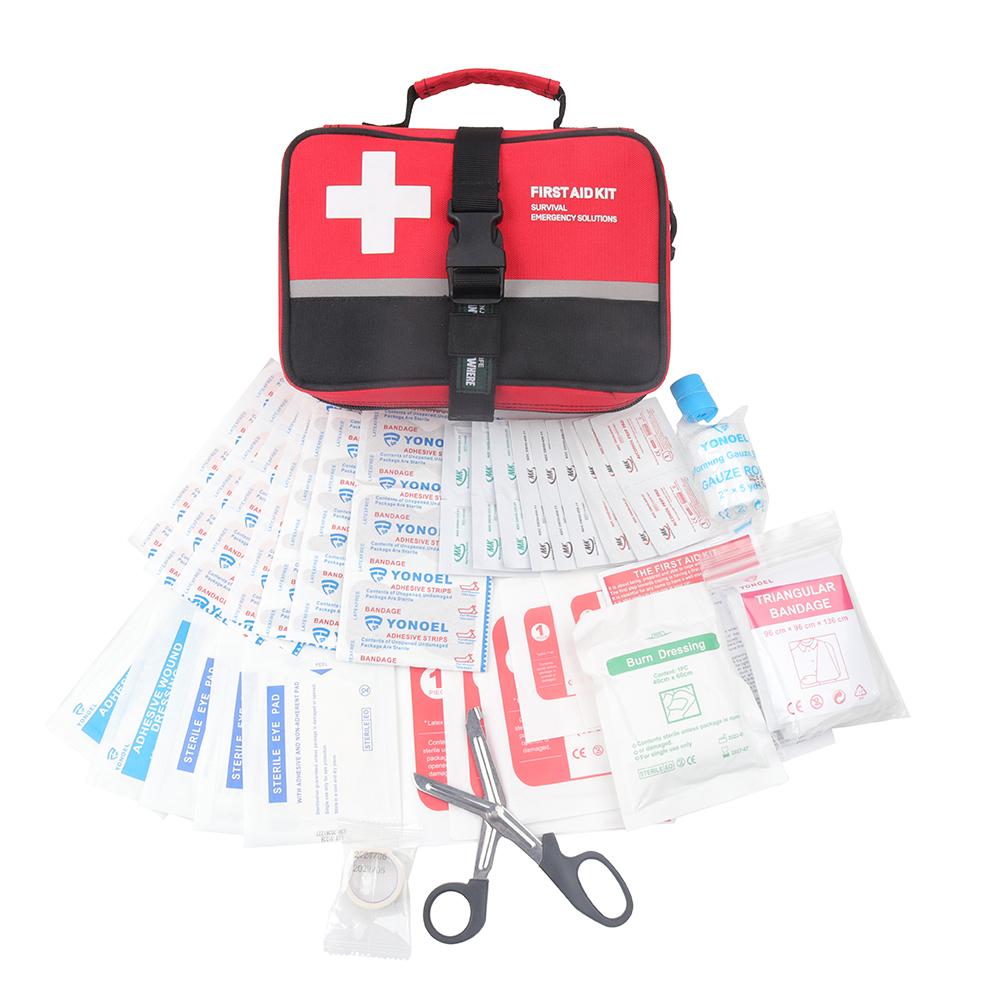Universal first aid kits are designed to provide a wide range of essential medical supplies suitable for various emergency situations. When considering their performance, key factors include the comprehensiveness of the contents, ease of use, durability, portability, and compliance with health and safety standards.
One significant aspect of performance is the selection of items included in the kit. A well-equipped universal first aid kit typically contains wound dressings, adhesive bandages, antiseptic wipes, scissors, tweezers, gloves, and other tools needed to address common injuries such as cuts, scrapes, burns, and minor fractures. The diversity of supplies allows users to manage a variety of incidents, making these kits adaptable to different environments such as homes, workplaces, or outdoor activities.
Organization within the kit also influences its effectiveness. Supplies arranged in compartments or labeled sections make it easier for users to locate items quickly, which is important during emergencies when time is critical. Some kits use transparent pouches or color-coded compartments to enhance accessibility and reduce confusion.
Durability is another important performance factor. The container or bag housing the supplies is typically constructed from sturdy materials designed to withstand physical impacts, moisture, and dust. This protection ensures that the contents remain in good condition and ready for use over time. The closure mechanisms, such as zippers or clips, are designed to keep the kit securely closed during transport but allow quick access when needed.
Portability affects how easily a universal first aid kit can be carried or stored. Many kits are designed to be lightweight and compact while still providing adequate storage space. This balance allows users to take the kit on camping trips, in vehicles, or keep it handy in the workplace without adding excessive bulk.
The quality and reliability of individual components contribute directly to performance. For instance, sterile dressings should maintain hygiene standards until use, and adhesive bandages must adhere well to skin without causing irritation. Tools like scissors and tweezers should be sharp and durable enough to perform precise tasks such as cutting tape or removing debris.
Compliance with relevant health and safety guidelines is another critical factor. Universal first aid kits often adhere to standards set by regulatory bodies, ensuring that the kit includes sufficient supplies for basic emergency care. This compliance provides assurance that the kit can support users effectively in managing injuries until professional help is available.
Maintenance also plays a role in ongoing performance. Regularly inspecting the kit for expired or depleted items and replenishing supplies keeps the kit prepared for future use. A well-maintained first aid kit reduces the risk of encountering unusable materials during an emergency.
In conclusion, the performance of a universal first aid kit depends on its comprehensive content selection, organized layout, durable construction, ease of portability, quality components, and adherence to safety standards. These factors combine to provide users with a reliable resource for managing minor injuries in diverse situations.
